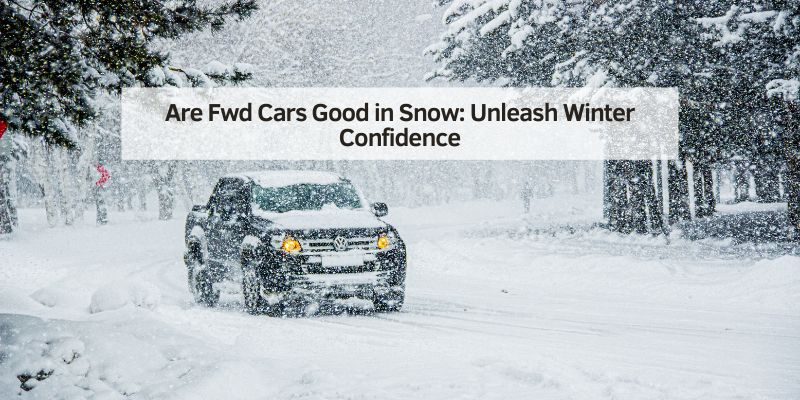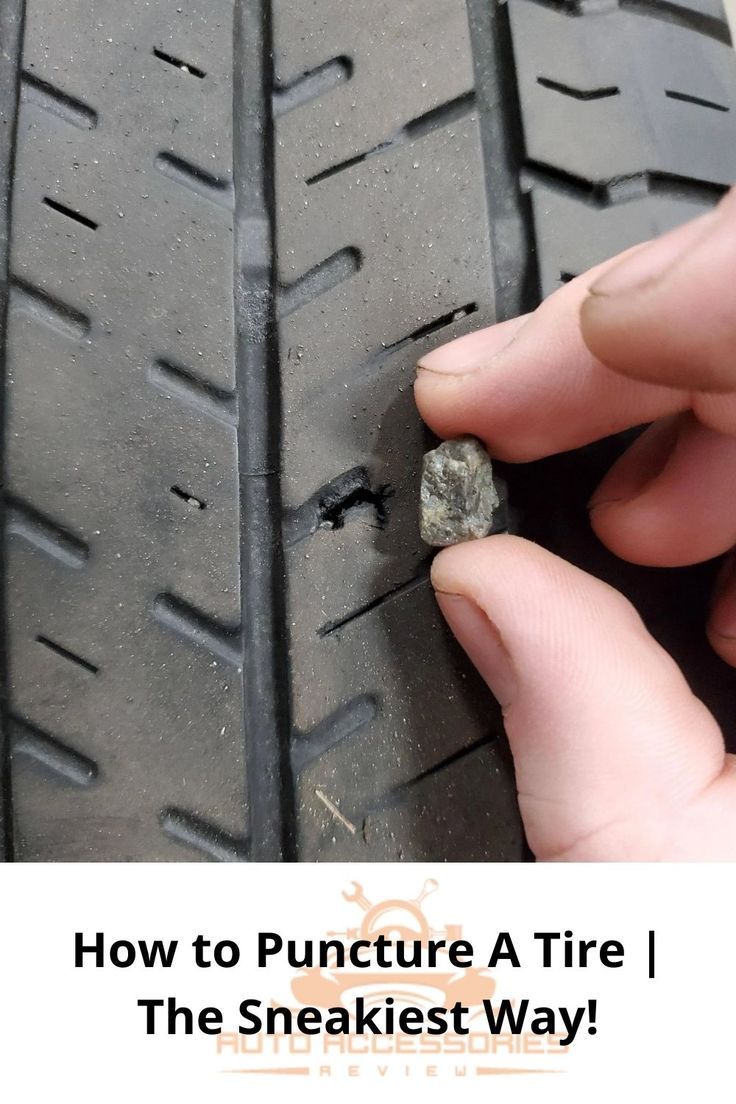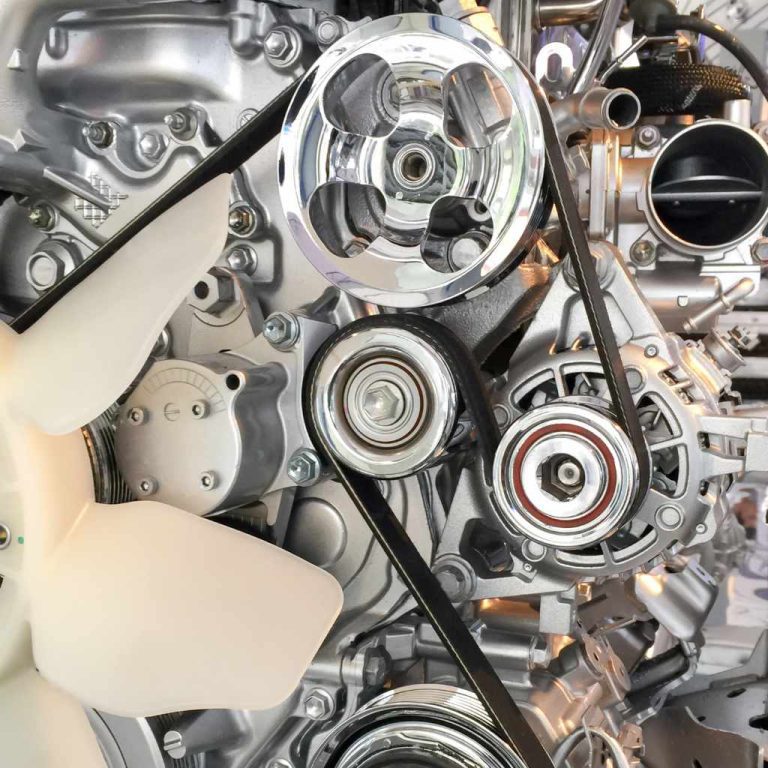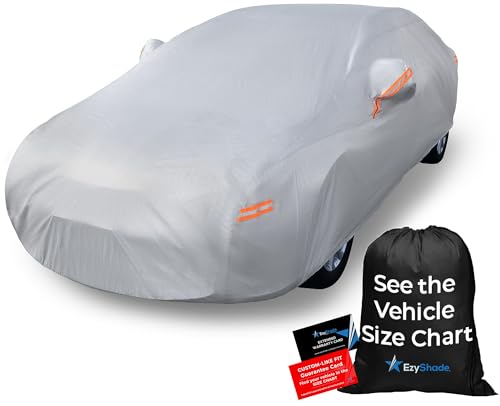Are Fwd Cars Good in Snow: Unleash Winter Confidence
Front-wheel drive (FWD) cars handle snow fairly well. They offer good traction on snowy roads.
But are they the best choice for winter? Let’s explore this further. Winter driving can be tricky. Snow and ice make roads slippery. FWD cars are popular due to their design. The engine sits over the drive wheels. This helps improve grip.
Many drivers find them reliable in light snow. But deep snow can be challenging. FWD might struggle with steep hills or heavy snowfalls. They are often more affordable than all-wheel drive (AWD) cars. Fuel efficiency is another plus point. Yet, AWD offers better control in severe conditions. So, are FWD cars good enough for your winter needs? Understanding their strengths and limits can help make a smart choice.
Fwd Cars In Snowy Conditions
FWD cars have engines placed over the front wheels. This helps in better traction. Traction is important in snowy weather. FWD cars are generally lighter than others. Lightweight helps in smooth driving on snow. Drivers feel more control with FWD. Control makes driving safer in slippery conditions. FWD cars are usually more fuel-efficient. Fuel efficiency means saving money on gas.
FWD cars can struggle with deep snow. Wheels might spin without moving. Spinning wheels can be a problem in heavy snow. Sometimes, they have less power. Less power means slower driving uphill. FWD cars might not handle ice well. Ice handling can be tricky for FWD. Other cars may be better for ice and hills.

Credit: www.youtube.com
Performance On Slippery Roads
Front-wheel drive cars have traction control. This helps on slippery roads. The front wheels pull the car forward. Better grip is achieved this way. Snowy roads feel less scary. Traction control reduces skidding. Driving feels safer.
Snow can make turning hard. Fwd cars might understeer. This means the car goes straight instead of turning. Careful steering is needed. Drive slowly on snow. Braking takes longer too. Plan stops early. Smooth movements help keep control.
Comparing Fwd With Awd And Rwd
FWD cars often cost less to buy. They also consume less fuel. This makes them budget-friendly. AWD cars are usually more expensive. Their maintenance costs are higher too. RWD cars may have lower initial costs. But they use more fuel than FWD. These factors make FWD cars a good choice for saving money.
FWD cars are good for light snow. They offer decent grip. AWD cars perform best in heavy snow. They provide more traction. RWD cars can slip in snow. They are not ideal for icy roads. FWD offers a balance of cost and performance. AWD is better for tough winter conditions.

Credit: www.motor1.com
Tire Selection For Fwd Cars
Winter tires are key for safe driving in snow. They offer better grip on icy roads. Their design helps with traction in cold weather. Snow tires have unique tread patterns. These patterns push away snow and ice. This keeps the car steady.
All-season tires work in many conditions. But they aren’t great in snow. Snow tires are made for winter. They have softer rubber. This helps them grip icy roads. They also have deeper treads. These treads help with traction. Snow tires are best for snowy areas. All-season tires might slip on ice.
Driving Techniques For Snow
Front-wheel drive (FWD) cars can be tricky in the snow. Slow and steady wins the race here. Press the gas pedal gently to start moving. Fast starts make the wheels spin. This can make you lose control. Use the car’s weight to help. Let the car roll a bit before pressing the gas more. This gives better grip on snowy roads. Always keep a safe distance from the car in front. It helps you stop slowly if needed.
Brake early and softly on snowy roads. Hard braking can cause the car to slide. Use gentle pressure on the brake pedal. This helps keep the car in a straight line. If the wheels lock up, ease off the brake. Then apply again softly. Pump the brakes if you don’t have ABS. This helps avoid skidding. Stay calm and focused. Snow driving needs patience and care.
Safety Features Enhancing Fwd
Electronic Stability Control helps cars stay safe. It reduces the risk of skidding. This feature is very helpful in snow. It corrects steering if wheels lose grip. This keeps the car steady. Many FWD cars have this system. It makes driving in snow less scary.
Anti-lock Braking Systems stop wheels from locking up. This prevents skidding during braking. It helps the car stop smoothly. Snowy roads can be slippery. This feature is vital for safety. FWD cars with ABS can stop better in snow. Drivers feel more secure.
Maintenance For Winter Readiness
Front-wheel drive (FWD) cars offer better traction in snowy conditions due to their weight distribution. Snow-covered roads challenge vehicles, but FWD cars manage well, pulling rather than pushing through snow. Proper winter maintenance ensures optimal performance, enhancing safety and control during harsh weather.
Regular Check-ups
Make sure your car is ready for winter. Regular check-ups keep your car in good shape. Inspect the brakes and tires. Ensure they are safe and strong. Check the battery too. Cold weather can make it weak. Replace it if needed. Keep windshield wipers clean and working. They help you see better in snow.
Preparing For Cold Weather
Antifreeze is your car’s friend in winter. Fill it up to avoid engine problems. Tire pressure drops in cold. Check it often for safety. Keep your gas tank at least half full. It stops the fuel line from freezing. Don’t forget to pack a winter emergency kit. Include blankets, water, and snacks. You never know when you’ll need them.

Credit: www.youtube.com
Real-life Experiences
FWD cars handle snowy roads better than expected due to their design. They offer better traction and control. Many drivers find them reliable in winter conditions, making them a popular choice for snowy areas.
Fwd Owner Testimonials
Many FWD car owners say their cars are good in snow. They feel more control on snowy roads. One driver shared, “My car doesn’t slip much.” Another said, “I feel safe driving my FWD in winter.” Many like the stability FWD offers. They often mention better traction compared to RWD cars. Some prefer FWD because it’s easy to handle. They find it easier to steer and stop. Many owners say FWD cars are reliable in snow. They trust their cars in snowy weather.
Expert Insights
Car experts agree FWD cars are good for snow. The engine weight helps with traction. FWD cars are often safer in icy conditions. Experts say FWD cars have better grip. They recommend FWD for snowy areas. Some experts advise using winter tires too. They say winter tires can make FWD cars even better. FWD cars are known for their efficiency in snow. Many agree FWD is a smart choice for winter driving.
Frequently Asked Questions
How Well Do Fwd Cars Handle In Snow?
FWD cars handle snow well with proper tires. They offer better traction than RWD in slippery conditions. Weight over the front wheels enhances grip, aiding stability. Drive cautiously and maintain safe distances. Use winter tires for improved performance and safety.
What Are The Disadvantages Of Fwd Cars?
FWD cars can understeer during sharp turns, reducing handling precision. Limited traction in slippery conditions can lead to wheel spin. Weight distribution is often front-heavy, affecting balance. Performance enthusiasts may find FWD less engaging due to steering torque effects. FWD vehicles might struggle with towing heavy loads compared to RWD cars.
Do I Need Snow Tires If I Have Fwd?
Yes, snow tires are recommended even with FWD. They provide better traction and safety in winter conditions.
What Is Better, Fwd Or Awd?
FWD is cost-effective and suitable for city driving. AWD offers better traction on rough terrains and in adverse weather. Choose FWD for urban areas and AWD for challenging conditions. Both have pros and cons depending on needs and environment.
Conclusion
FWD cars can handle snow, but with some limits. Traction control helps maintain grip. Winter tires improve performance further. Drive cautiously on icy roads. Keep a safe distance from other vehicles. FWD is not as effective as AWD in deep snow.
Yet, it’s better than RWD in slippery conditions. Regular maintenance ensures safety and reliability. Consider your climate when choosing a vehicle. FWD can be a practical choice for mild winters. Always prioritize safety over speed. Make informed decisions for your winter driving needs.
Stay safe, drive smart, and enjoy the snowy season.







